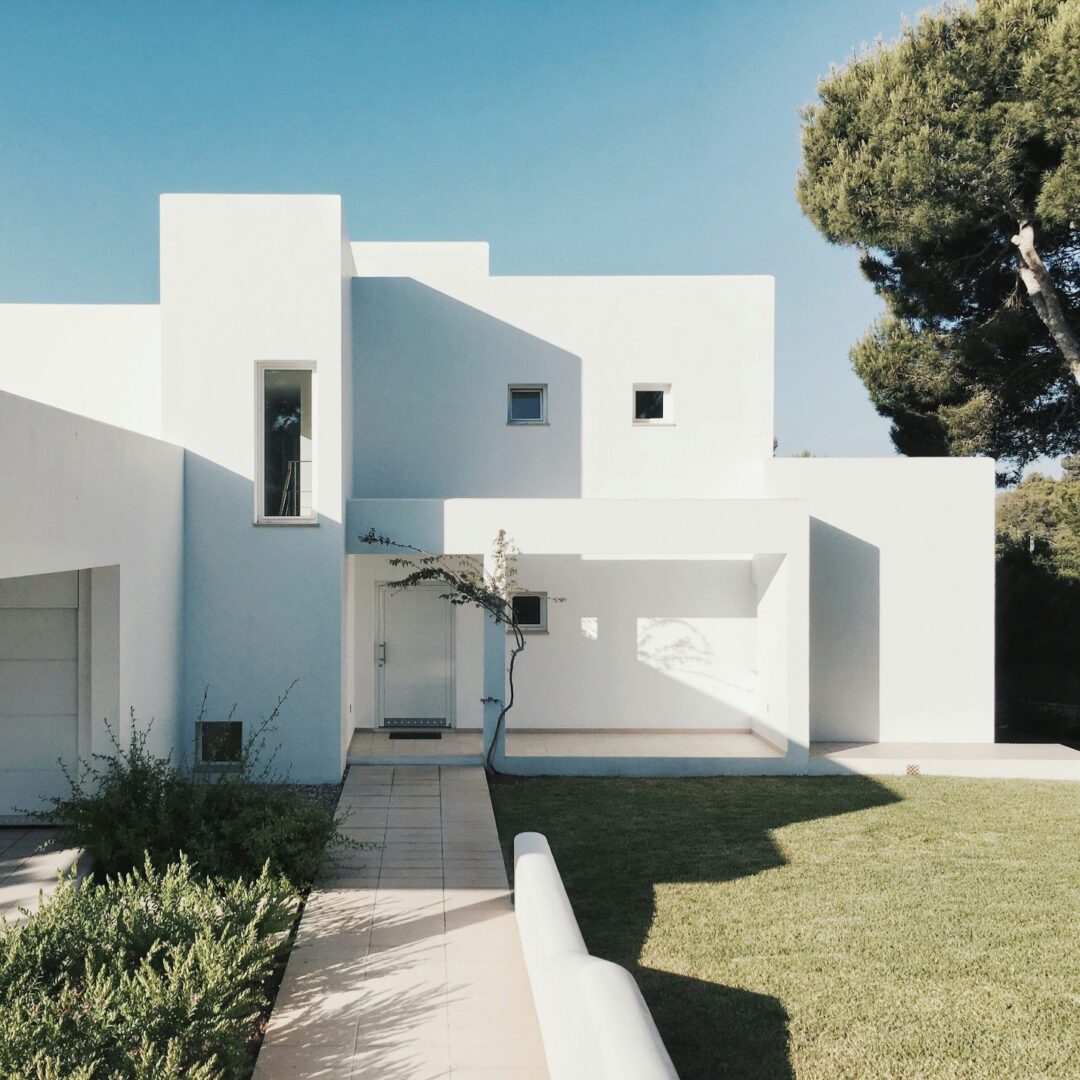When it comes to real estate investing, location plays a major role—not just in the profit potential of your flip but in how you structure your financing. Whether you’re working on a deal in downtown Los Angeles, a growing suburb in Illinois, or a booming metro area in Arizona, understanding the dynamics between urban and suburban flipping is key to choosing the right fix and flip loans and building a winning strategy.
This guide will break down the major differences between urban and suburban flipping, the loan strategies you should consider for each, and smart tips for maximizing your investment.
Understanding Urban Flipping: Opportunities and Challenges
Urban areas are typically dense, bustling, and highly competitive. Cities like Los Angeles and downtown hubs across Illinois offer investors opportunities to flip properties where demand remains strong year-round.
Advantages of Urban Flipping
- Higher Demand: People are always moving into urban centers for jobs, education, and amenities.
- Premium Pricing: Smaller homes and condos can command top dollar if renovated correctly.
- Walkability: Homes near public transportation, dining, and shopping are highly desirable.
Challenges of Urban Flipping
- Higher Acquisition Costs: Properties in urban cores often cost significantly more upfront.
- Regulatory Complexities: Permitting can be slower and more complicated.
- Tighter Margins: With higher purchase and renovation costs, there’s less room for error.
In these high-pressure environments, using fix and flip loans that offer quick closings and flexible draw schedules is critical to staying competitive.
Understanding Suburban Flipping: Opportunities and Challenges
Suburban markets across Arizona, Illinois, and surrounding Los Angeles suburbs have seen massive growth in recent years, especially as buyers seek more space post-pandemic.
Advantages of Suburban Flipping
- Lower Acquisition Costs: Larger homes are often more affordable than urban properties.
- Family-Friendly Appeal: Demand is high for properties in good school districts with larger lots.
- Room for Value-Add: Suburban homes often have basements, extra bedrooms, and expansion opportunities.
Challenges of Suburban Flipping
- Longer Days on the Market: Some suburban homes may take longer to sell compared to urban hotspots.
- Commuter Dependency: If work-from-home trends decline, long commute times could deter buyers.
- Market Sensitivity: Suburbs can feel market slowdowns earlier than big city cores.
Because holding periods can stretch longer in suburban areas, it’s crucial to structure, fix and flip loans with realistic timelines and contingency plans.
How Urban vs. Suburban Flipping Affects Your Loan Strategy
1. Loan Size and Down Payment Expectations
In urban markets like downtown Los Angeles, you’ll likely need a larger loan due to higher purchase prices. Lenders offering fix and flip loans in these areas may also require larger down payments to mitigate risk.
In suburban markets like Mesa, Arizona, or Naperville, Illinois, the loan amounts might be smaller relative to the property’s value, giving you more flexibility and a potentially smaller upfront cash requirement.
2. Renovation Budgets and Draw Schedules
Urban flips often involve:
- Cosmetic upgrades (new kitchens, flooring, paint)
- Permit-heavy remodels (especially for condos or historic districts)
Suburban flips may involve:
- Structural improvements (finishing basements, adding bedrooms)
- Extensive outdoor upgrades (landscaping, decks)
Because renovation styles differ, choose fix and flip loans that offer flexible draw schedules based on your project’s needs. Urban projects may require smaller, more frequent draws, while suburban projects might benefit from fewer but larger disbursements.
3. Speed to Close
In competitive urban areas like Los Angeles, sellers expect fast closings—sometimes in as little as 7–10 days. If you can’t close quickly, you risk losing the deal.
Fix and flip loans specifically designed for urban flips prioritize fast underwriting and minimal documentation requirements, allowing you to secure the property before someone else does.
In suburban markets, there’s often slightly more breathing room. While speed is still important, lenders might allow for slightly longer timelines without penalizing you.
4. Holding Period and Exit Strategy
Urban flips tend to:
- Sell faster due to year-round demand
- Attract investors, young professionals, and downsizers
- Require high-quality, modern finishes to meet buyer expectations
Suburban flips may:
- Experience seasonal sales patterns (spring and summer stronger than winter)
- Require patient marketing to attract family buyers
- Demand more marketing around community amenities (schools, parks, etc.)
Your loan structure must match your expected holding period. Shorter terms with a 6-month payoff might be perfect for urban flips, while 9–12 month terms might be safer for suburban projects.
5. Risk Tolerance and Market Sensitivity
Urban markets generally have more resilience during downturns. Even if the economy softens, there will always be demand in major city centers.
Suburban areas, especially outer-ring neighborhoods, can experience sharper price drops during economic slowdowns.
If flipping in suburban Illinois or Arizona, consider fix and flip loans with extension options or lower exit penalties, giving you flexibility if the market shifts.
Smart Tips for Flipping in Illinois, Arizona, and Los Angeles
Flipping in Illinois
- Focus on suburbs with strong commuter access to Chicago.
- Watch taxes carefully; property tax rates can impact profitability.
Flipping in Arizona
- Target rapidly growing suburbs like Gilbert, Chandler, and Queen Creek.
- Pay attention to heat-resistant upgrades—buyers value energy-efficient systems.
Flipping in Los Angeles
- Expect longer permitting times—build that into your timeline.
- Focus on walkability, access to transit, and outdoor living space upgrades.
In all three markets, using fix and flip loans tailored to your location and strategy gives you a major edge.
Choosing the Right Fix and Flip Loan for Your Location
When comparing fix and flip loans for urban vs. suburban projects, ask your lender:
- How fast can you close?
- What are the draw schedule terms?
- Is there flexibility if I need to extend the loan?
- Are there early repayment penalties if my flip sells quickly?
- Do you offer market-specific insights for Illinois, Arizona, or Los Angeles?
Partnering with a lender who understands your local market nuances can help you avoid costly surprises and streamline your flipping operations.
Let’s Fund Your Next Flip the Right Way
At Insula Capital Group, we understand that flipping in Illinois, Arizona, and Los Angeles requires different strategies—and different types of funding. That’s why we offer tailored fix and flip loans built for your specific project and market.
We move quickly so you can secure competitive properties. We structure flexible draw schedules to match your renovation timeline. And we stay by your side to help you navigate every twist and turn, whether you’re flipping in the heart of downtown or the perfect suburban neighborhood.
If you’re ready to flip smarter and grow faster, Insula Capital Group is here to help.




